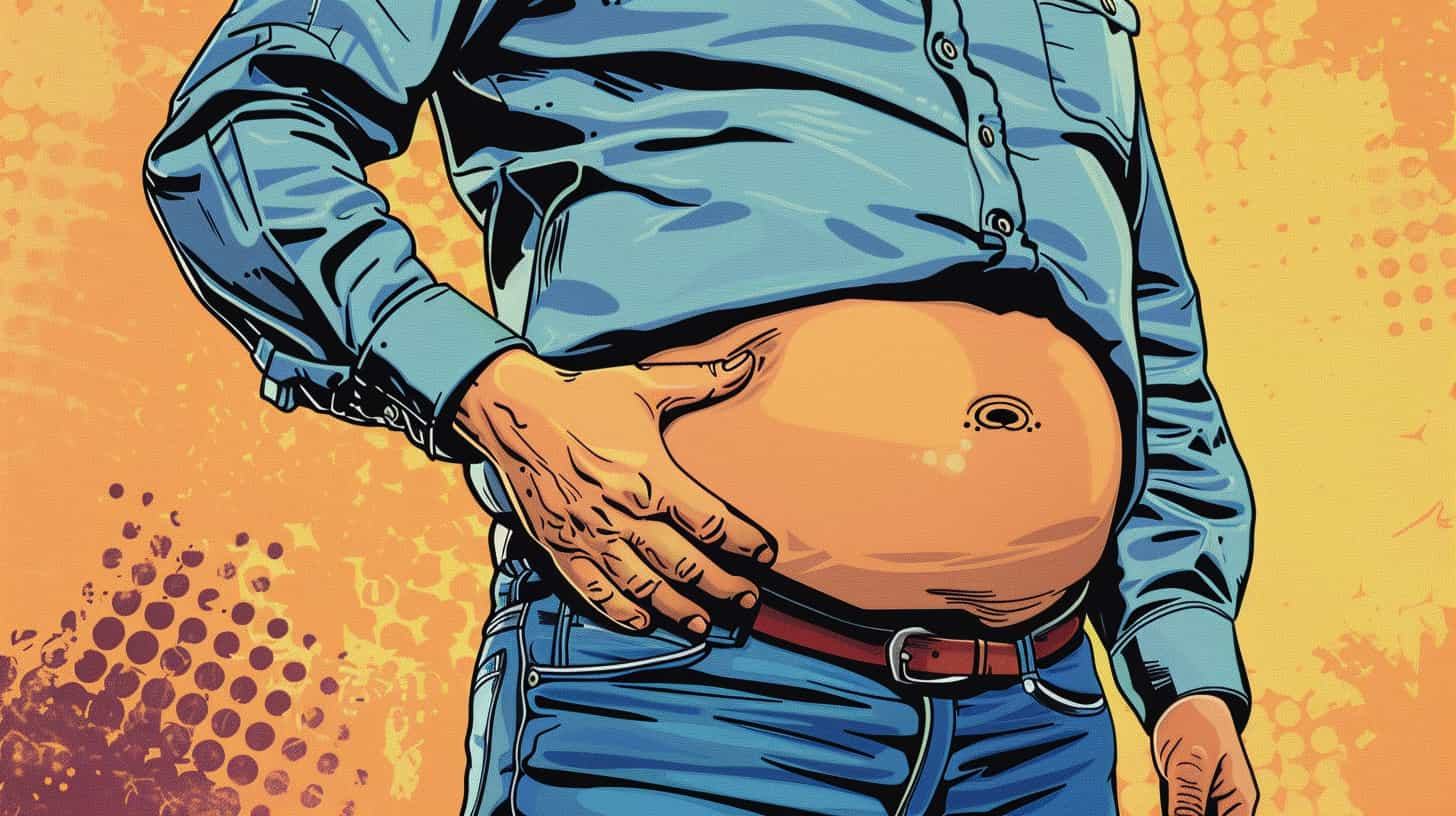Today, let’s discuss six common pitfalls people often encounter on their fat loss journey. Understanding these can help you navigate your path more effectively and sustainably.
1. Starting with Too Low Calorie Intake
The first mistake is drastically reducing your calorie intake from the beginning. While this approach may lead to rapid initial weight loss and a significant boost in your sense of achievement, it’s not sustainable. Soon, you’ll find it hard to maintain such a low-calorie diet. Cravings for foods like BBQ, chocolate, and ice cream will intensify, eventually leading to binge eating. This cycle of severe restriction followed by overeating is a direct result of starting with an excessively low-calorie intake.
2. Overly Restrictive Diets
Another common mistake is sticking to a very limited diet. Many people start their fat loss journey by eating only a few types of food: tomatoes, cucumbers, chicken breast, egg whites, and avoiding rice in favor of buckwheat noodles or oatmeal. This lack of variety is unsustainable. Eventually, you’ll get tired of eating the same foods and start craving more flavorful options like hot pot, BBQ, and sweets. Remember, your diet doesn’t need to be overly restrictive.
Incorporate a variety of vegetables, mushrooms, lean meats like pork tenderloin, beef leg, and seafood like shrimp, crab, squid, and tuna. These foods are low in fat and perfect for a fat loss diet. For carbohydrates, you can still enjoy rice. When eaten with vegetables and meat, its glycemic index lowers, providing sustained energy without spiking your blood sugar.
3. Inconsistent Meal Timing
Inconsistent meal timing, such as skipping meals or having irregular eating patterns, is another pitfall. I advocate for eating three balanced meals a day, or even five to six smaller meals during a fat loss phase. Distributing your food intake throughout the day keeps your metabolism steady and prevents you from feeling excessively hungry. For example, instead of eating a large breakfast, eat 60% and save the rest for a mid-morning snack. This approach maintains a steady supply of nutrients, reducing the body’s perception of being in a state of deprivation and helping to preserve muscle mass.
4. Excessive Cardio from the Start
Starting with excessive cardio is another common mistake. While cardio is important, too much can interfere with muscle synthesis after strength training and hinder muscle growth. Cardio should be used strategically. Initially, focus on diet and strength training to manage fat loss. Introduce cardio when you hit a plateau and need an extra boost to your fat loss efforts.
5. Unplanned Cheat Meals
Cheat meals can derail your progress if not managed properly. Many people rationalize their cravings by having an unplanned cheat meal, thinking it will boost their metabolism. However, it’s crucial to assess whether you really need it. Have you truly hit a plateau? Is your metabolism genuinely slowing down? Unplanned cheat meals often turn into full-blown binges on high-calorie foods like fries, chips, cakes, and ice cream, leading to regret and a sense of failure.
6. Overcompensating After a Cheat Meal
The final mistake is overcompensating for a cheat meal by doing excessive cardio or skipping meals. This creates a vicious cycle of restriction and overindulgence. Instead, accept that you had a cheat meal and move on. Stick to your regular eating and exercise routine. Don’t punish yourself with extreme measures like long cardio sessions or skipping meals, as this will only increase the likelihood of another binge.
Conclusion
Navigating the road to fat loss requires balance and sustainability. Avoid these common fat loss pitfalls by maintaining a moderate calorie deficit, eating a varied diet, sticking to regular meal times, using cardio strategically, planning your cheat meals wisely, and not overcompensating for occasional indulgences. Remember, the key to successful fat loss is consistency and making informed choices that you can maintain long-term.


